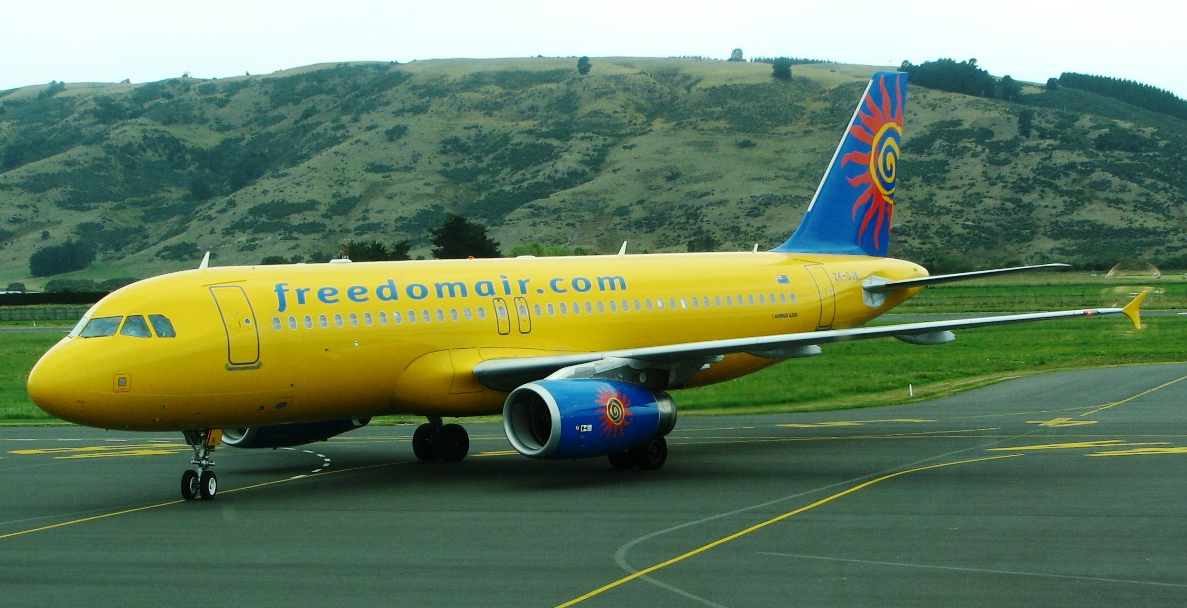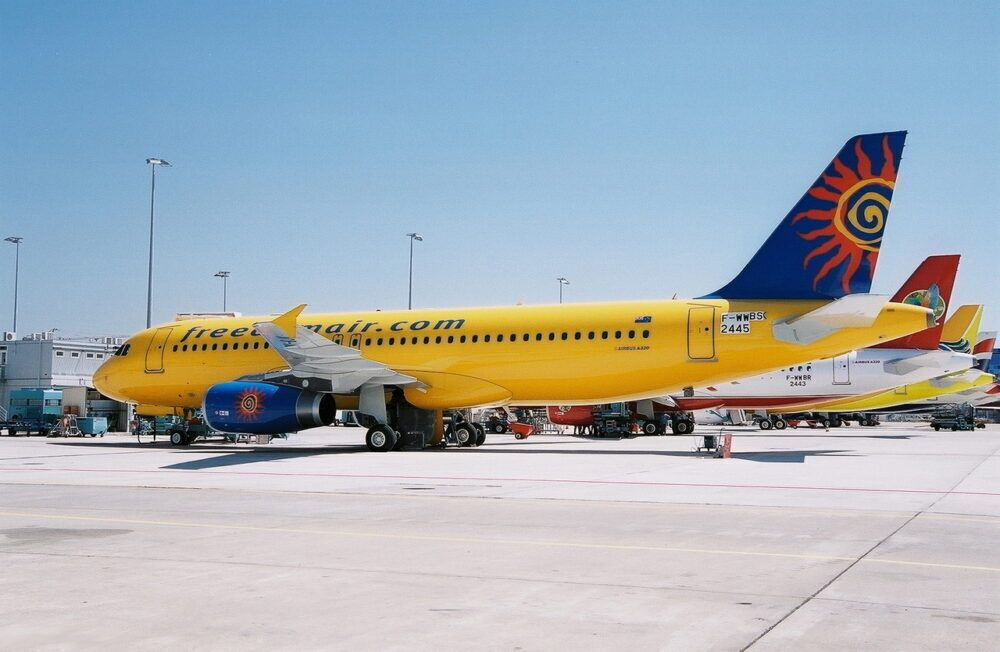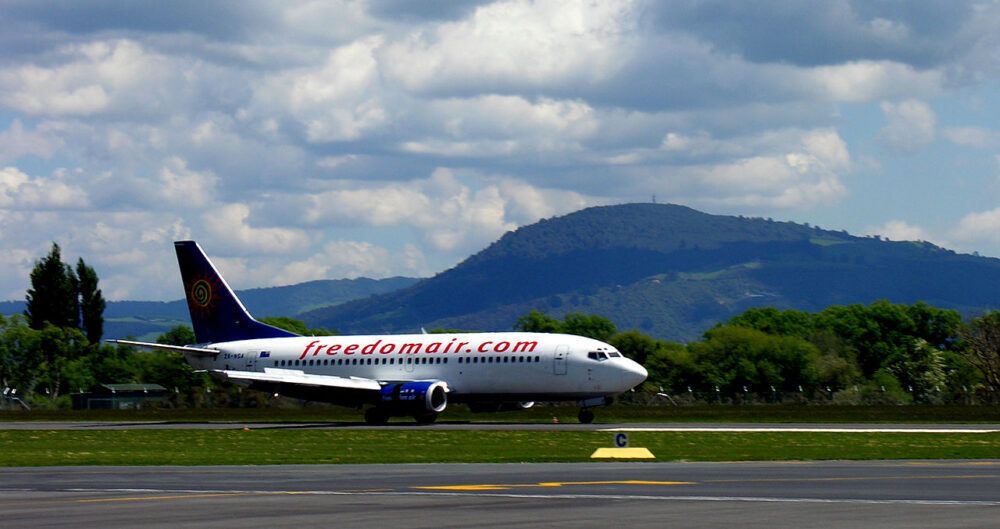There are, or have been, about half a dozen airlines known as Freedom Air or Freedom Airlines. Between the mid-1990s and late noughties, a low-cost carrier based in New Zealand adopted the name. Formally known as Freedom Air International but referred to as Freedom Air, the airline connected New Zealand with Australia and Fiji.
An early entrant into Oceania's low-cost airline market
Like many full-service legacy airlines who have waded into the waters of low-cost flying, Freedom Air was Air New Zealand's attempt to capture a slice of the low-cost pie. Like many full-service airlines who dived in, Air New Zealand's foray ultimately failed. However, Freedom Air did fly for 13 years between 1995 and 2008. Air New Zealand gave it a red hot go.
In the mid-1990s, the low-cost flying space in Oceania didn't exist. There was a clutch of inefficient and fairly pricy legacy airlines flying around the region - Air New Zealand, Qantas, Ansett Australia, and Air Pacific (now Fiji Airways).
Then in 1994, a New Zealand charter airline called Kiwi International Airlines began offering cut-price fares between New Zealand and several Queensland cities. That spurred Air New Zealand into the low-cost space. Kiwi International did not last long. The airline's last flight was in 1996.
There were no such dramas at Air New Zealand. Freedom Air was set up by the Mount Cook Group (part of Air New Zealand) and was originally known as South Pacific Air Charters. Freedom Air went on to fly out of six airports in New Zealand to Sydney (SYD), Melbourne (MEL), Newcastle (NTL), Gold Coast (OOL), Brisbane (BNE), and Cairns (CNS). The airline also operated flights to Nadi (NAN).
Stay informed: Sign up for our daily and weekly aviation news digests.
Freedom Air feels the competitive pinch in the noughties
Freedom Air was a pioneer in Oceania's low-cost market. Virgin Australia, then Virgin Blue, did not begin flying until 2000. Qantas' Jetstar began operations in 2004. Freedom Air began flights using a Boeing 757-200 leased from Britannia Airways. But the 757 did not stay long in New Zealand.
Getting a handle on Freedom Air's planes is tricky. Different databases throw up different numbers, anything from 12 to 30 planes over the years. Leases and loans from the parent company complicate the picture. According to AeroTransport Data Bank (ATDB.aero) data, Freedom Air flew 30 planes over the years under its callsign. In addition to the single 757-200, the aircraft variously included 17 Airbus A320-200s and 12 Boeing 737-300s.
With low-cost carriers Virgin Blue and Jetstar established by the mid-noughties, Freedom Air and its Air New Zealand parent were feeling the competitive pinch. The axing of flights to NAN and NTL were the first signs of surrender.
Air New Zealand "overhauls" Freedom Air in 2007
Air New Zealand announced it was "overhauling" its trans-Tasman and Pacific services in a delicately titled press release in 2007. Since starting Freedom Air in 1995, trans-Tasman flying had become far more competitive, forcing prices down across the board.
"We felt that in continuing the Freedom brand, we were not getting a lot of advantage or gain from that brand and that we’d be better concentrating on one brand," a 2007 Reuters report quotes Air New Zealand's Norm Thompson saying.
The low-cost airline shut up shop in early 2008. The planes went back to their owners, be it Air New Zealand or the various lessors. Air New Zealand took over many of the routes, although Freedom Air's demise spelled the end of international flights for Palmerston North (PMR) through to this day.
Not many people remember the New Zealand version of Freedom Air. But the airline played a significant role in introducing low-cost flying to the Oceania region and, in particular, shaking up the then cozy (and expensive) trans-Tasman flying arrangements.



